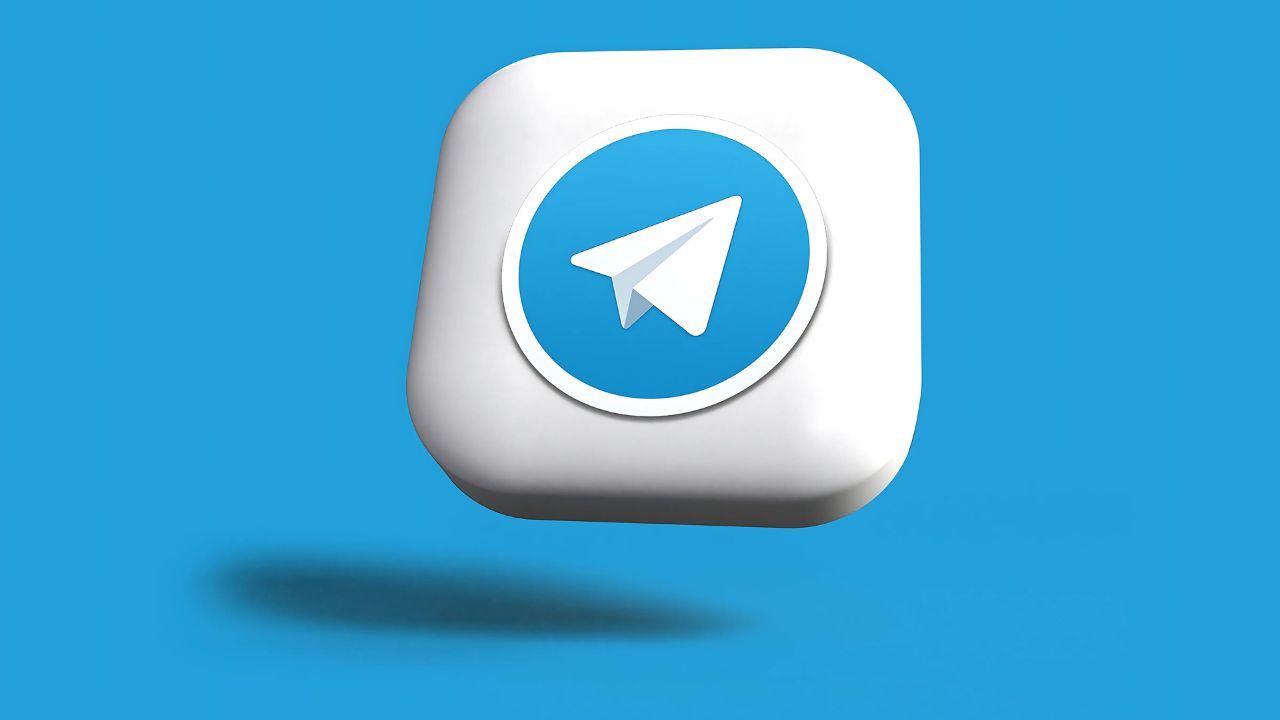Telegram to Introduce New In-app Collectible Gifts and TON Integration
Sep 6, 2025 • Bloom • Cryptocurrency

Telegram’s 2025 update is going to include a introduce new feature. Digital collectible gifts. According to Telegram, these will be fun items like a homemade cake or a jelly bunny that you can send to friends in chats.
Their ability to be upgraded with Telegram Stars, the app's in-app currency, is what sets them apart. After being enhanced, they have new, unique characteristics such as distinct colours, backdrops, or icons, that essentially turns them into unique digital assets (NFTs).
They’ll also be made available for recipients to trade, sell, show off on their accounts, and unwrap in chats.
These collectibles will be live on the TON blockchain which means:
- You own them permanently, even if you lose your Telegram account.
- They can be transferred or auctioned like NFTs.
- Ownership is stored on a public ledger, making them verifiably unique.
This integration turns Telegram, with its 950+ million users, into one of the easiest gateways to Web3. Unlike traditional NFT platforms, you don’t need an external wallet or deep blockchain knowledge because everything happens inside the app.
With the TON integration, users can:
- Buy, sell, or trade collectibles (gifts, usernames, stickers, virtual numbers).
- Earn and spend Telegram Stars.
- Participate in NFT sales and auctions.
- Sell NFT collections and
- Get a 50% share of Telegram ad revenue paid in Toncoin).
Telegram is turning into more than just a messaging app. It’s becoming one of the first and only all encompassing social + financial + Web3 platform. Telegram and TON are bringing NFTs and cryptocurrency closer to the general public by combining digital collectibles, scalable blockchain technology, and their wide user base.
However, it is important to note that Telegram’s TON-only approach could either solidify its dominance or backfire by closing the door to wider Web3 collaboration.